Eating chocolate is an incredibly fulfilling experience. You will always, in general, feel incredibly satisfied after this awesome pleasure. Chocolate is a definitive solace food and a stress reliever. It comforts you when life gets you down. Chocolate is also an amazing mindset enhancer and is significantly more than simply being a remedy for the broken heart.
Chocolate is produced using the cocoa bean (likewise called cacao bean), found in cases developing from the storage compartment and lower parts of the Cacao tree, whose Latin name 'Theobroma Cacao' truly signifies "food of the divine beings." Cacao trees are tropical plants that develop in Africa, Central America, South America, and parts of Asia, where the climate is hot (inside 20 degrees’ scope of the Equator).
Researchers suggest that any chocolate having at least 70% cocoa solid is beneficial for us. The source of this miraculously amazing delicacy, a little cocoa bean, has more than 300 beneficial nutrients hidden in it. This is astounding. No? But at the same time, chocolate also has caffeine, which varies depending upon the type of chocolate.
So if you are a chocolate lover, you may be wondering whether chocolate actually has caffeine in it or not. How much caffeine is in chocolate and what are its potential effects? This article will give you the answers to all those questions in your mind.
Jump to:
Does chocolate have caffeine?
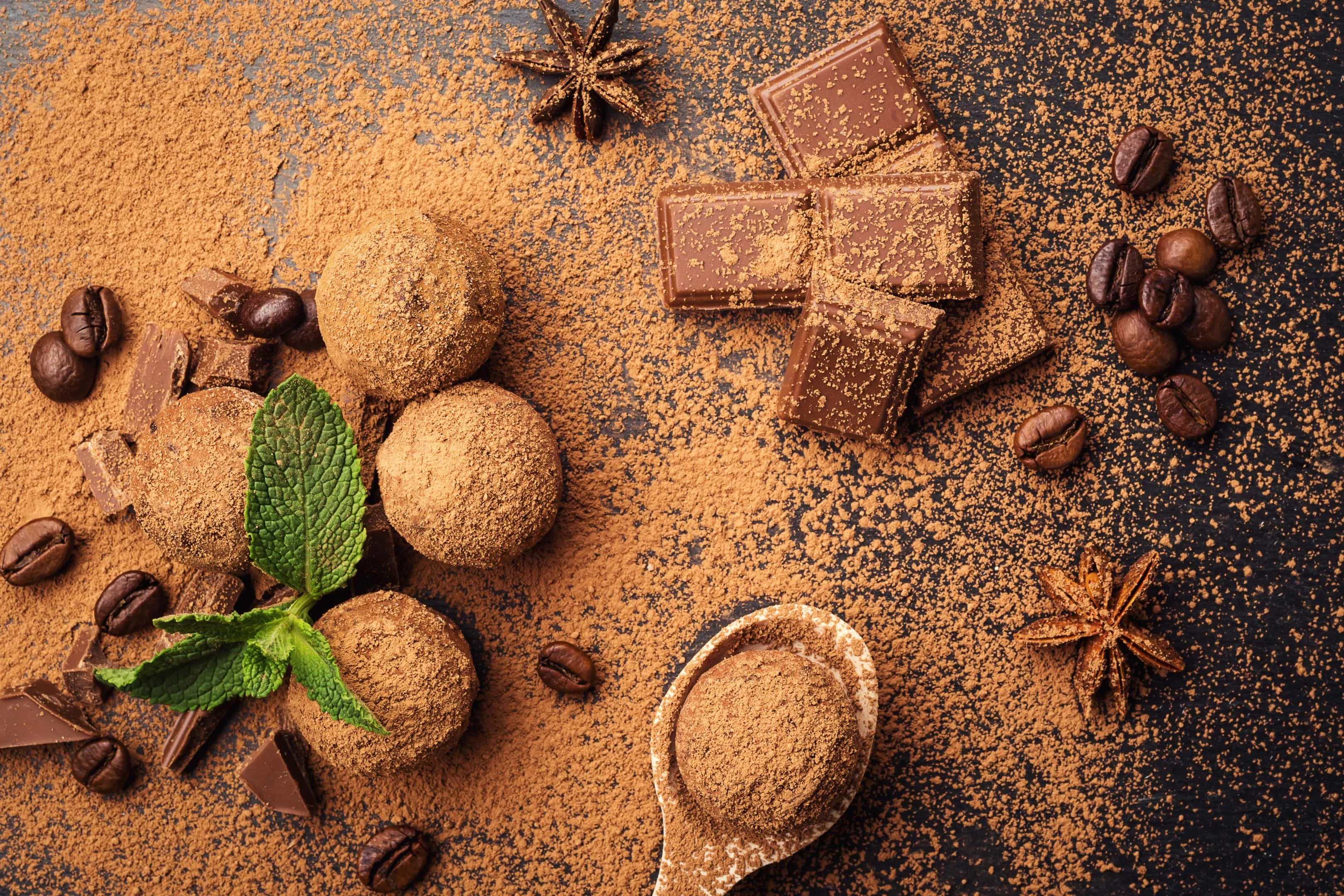
The simple answer to this question is “yes.” Basically, the appropriate answer remains as before: there is caffeine in chocolate. Nonetheless, all chocolate isn't made similarly and, contingent upon the cacao content, the measure of caffeine changes.
Chemically, caffeine belongs to the family of xanthine alkaloids. Naturally, it is found in numerous plants, leaves, nuts, and their products including coffee beans.
Cocoa beans are the cocoa seeds found in the cases of the cocoa tree, and contain between 0.1% to 0.7% caffeine. The skin of the cocoa beans contains less caffeine—0.3% to 0.5%. In comparison, dried tea leaves have around 3% caffeine and dry coffee beans contain 1.2% caffeine.
That is the reason that a moderate measure of caffeine is found in dark chocolate, which isn't as much as what is available in espresso or tea. In milk chocolate, however, caffeine is found only in traces.
Chocolate contains trace measures of caffeine; however, it shifts relying upon the sort of chocolate. "In the creation cycle of transforming cocoa beans into chocolate, two substances are framed," dietitian Titilayo Ayanwola, MPH, R.D., L.D., clarifies. These two substances are known as cocoa butter and cocoa solids.
"Since caffeine is found in the cocoa solids, the more cocoa the chocolate contains, the more caffeine will be available," dietitian Jenna Gorham, R.D., L.D., clarifies. At the end of the day, the hazier and darker the chocolate, the higher the cocoa solids and caffeine it contains. In this way, you can typically decide the measure of caffeine in chocolate by how dark it is. This process reveals the measure of caffeine it has per ounce.
The measure of caffeine in chocolate products can fluctuate, particularly if extra caffeine is included in caffeine chocolate to give a jolt of energy. Caffeine can be found in vitality bars and different items that additionally contain chocolate.
"White chocolate, however, only has cocoa butter and no cocoa solids," Ayanwola says. "Since it doesn't contain cocoa solids, it doesn't contain any caffeine."
How much caffeine is in chocolate?
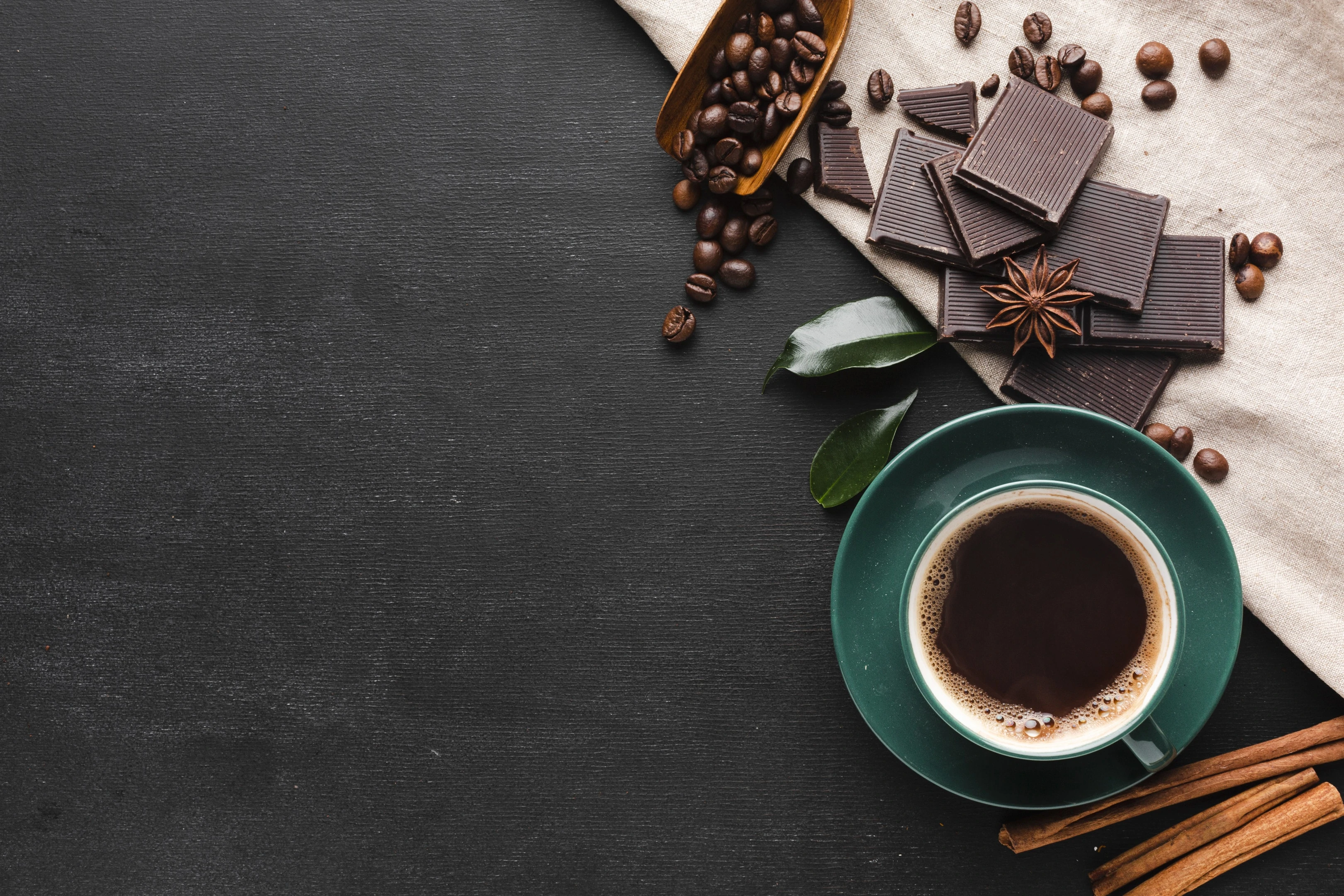
Each kg of dry cocoa powder (without sugar additives) contains approximately 0.23 g of caffeine, as per the USDA. . A similar source records 100g of prepared espresso as having recently 94mg of caffeine.
Do remember that 100g of crude cacao powder isn't equivalent to 100g of chocolate. Despite the fact that most chocolate originates from cacao, the process in making chocolate changes the nutrient content, so the ultimate result can be viewed as an alternate product altogether. The higher the cacao content in chocolate, the more supplements it holds, in particular caffeine. For example, the caffeine content in dark chocolate is higher than that in milk chocolate. The amount of caffeine in milk chocolate equals almost half of that in dark chocolate, while white chocolate is completely devoid of caffeine.
Here’s what the caffeine servings look like in all your favorite chocolate delivery systems, according to the USDA Food Composition Database:
- Dark chocolate (70 to 85 percent cacao solids) — 80 milligrams caffeine for each 100 grams
- Cocoa powder — 230 milligrams or 0.23 grams caffeine consistent with a hundred grams. However you may simply devour a tablespoon, you will ingest 12.3 milligrams caffeine
- Dark(ish) chocolate (45 to 59 percent cacao solids) — 43 milligrams caffeine consistent with a hundred gram
- Chocolate cake with chocolate icing — 6 milligrams caffeine consistent with a hundred gram
- Milk chocolate — 0.002 grams or 20 milligrams caffeine consistent with a 100 gram
- Chocolate pudding cup — 0.002 grams or 2 milligrams consistent with a 100 gram. 1 small box (3.5 ounces) = 2 milligrams
- Chocolate whole milk — 1 milligram caffeine consistent with a hundred gram
- Hot chocolate — 2 milligrams caffeine consistent with a hundred gram
- White chocolate — 0 milligrams caffeine
Effects of caffeine in chocolate… Is it dangerous?
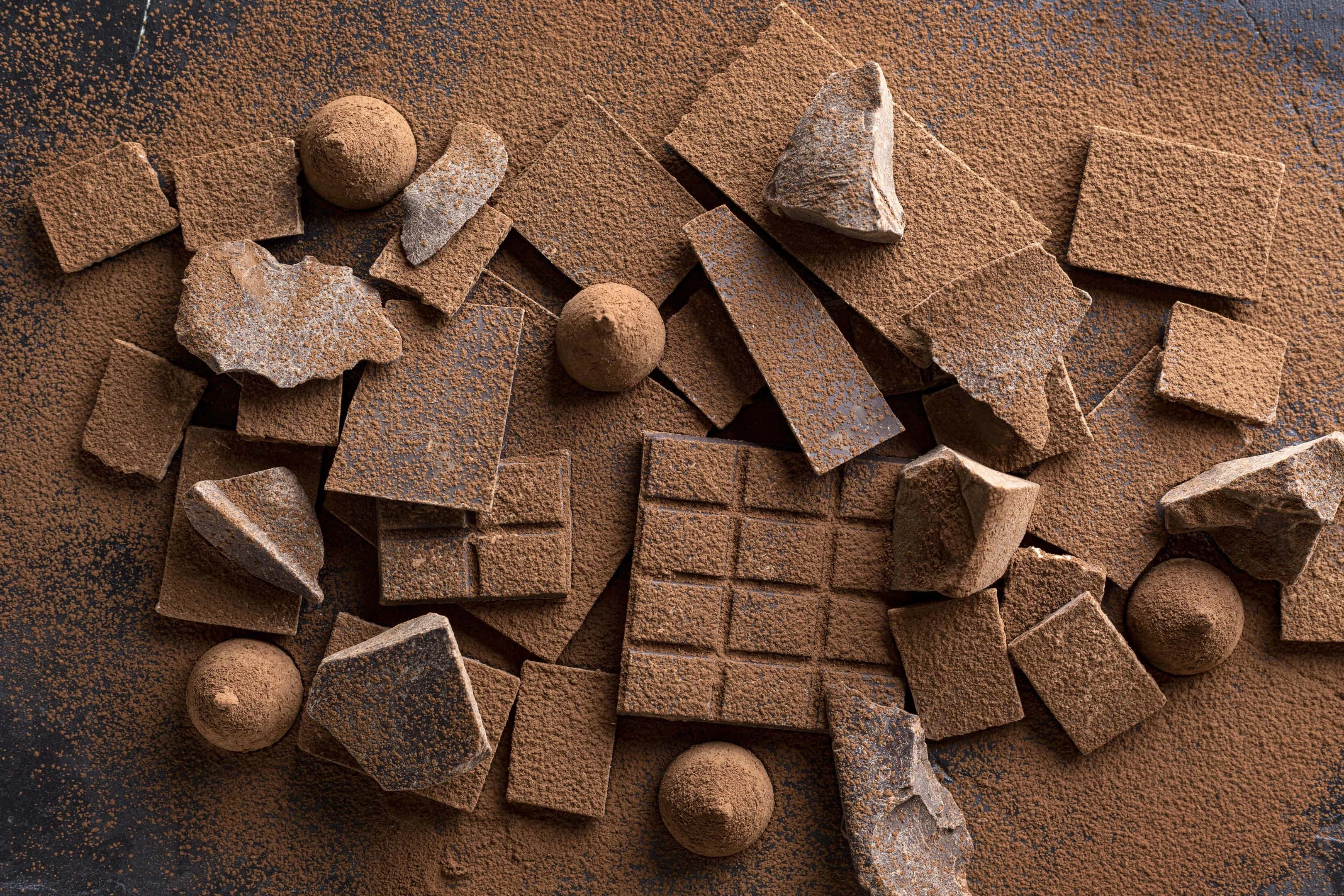
Studies show that dark chocolate (not the sweet kind) can improve your well-being and lower the danger of coronary illness. But what could be the potential effects of having chocolate with caffeine? Is it hazardous or safe? Let’s have a look.
Chocolate obtained from cocoa beans is a weak CNS stimulant. It contains two stimulating methylxanthines (a class of alkaloid atoms), a lot of theobromine (and theophylline), and a modest quantity of caffeine. Caffeine is a more powerful stimulant and acts generally rapidly as a wake-up drug.
In any case, chocolate contains excessively little of these mixes to make a comparative impact to partition equivalent to coffee. A common cacao bean contains under 1/twentieth of the caffeine present in coffee (from zero to 1000 sections for every million of caffeine for each bean).
The caffeine content in the cocoa beans fluctuates with the kind of beans and the level of aging. Generally, the chocolate obtained from expensive and high-quality beans will be free of caffeine. During processing and production, the caffeine content can be removed also to produce caffeine-free chocolate.
Regardless of whether the caffeine in chocolate will influence vitality levels or sleep disturbance upon the individual devouring it, “People who are regular users of coffee don’t observe a significant change or boost in their energy levels, though those allergic to caffeine may notice.” Gorham says.
According to Molly Knudsen, M.S., RDN, a registered dietitian nutritionist, chocolate with caffeine probably won’t influence coffee consumers. She explains that a standard cup of coffee contains 96 milligrams of caffeine, which is on various occasions more than a single serving of dark chocolate. Since milk chocolate contains even less caffeine, it's impossible that it will influence vitality or alertness, even in non-espresso consumers.
It's likewise fine to appreciate dark chocolate and espresso around the same time since 400 milligrams of caffeine is viewed as a safe day-by-day allowance for adults, as indicated by Ayanwola. On the off chance that caffeine causes on-edge or nervous emotions, scattering your uptake might be useful.
Despite the fact that the caffeine content in chocolate is moderately low, Knudsen suggests getting a chocolate fix during the day instead of around evening time. "Toward the evening, a little bit of dark chocolate might be exactly what you have to realign your concentration and consideration for the remainder of the day," she says. Eating it closer to sleep time, then again, may disturb sleep quality.
Although milk chocolate and white chocolate are lower in caffeine content than dark chocolate, they are not ideally useful alternatives to dark chocolate, Knudsen says—in any event, for those attempting to scale back caffeine. Both white and milk chocolate will in general be higher in sugars and undesirable fats, she clarifies. They likewise do not have the cancer prevention and heart-medical advantages of dark chocolate.
And to finish
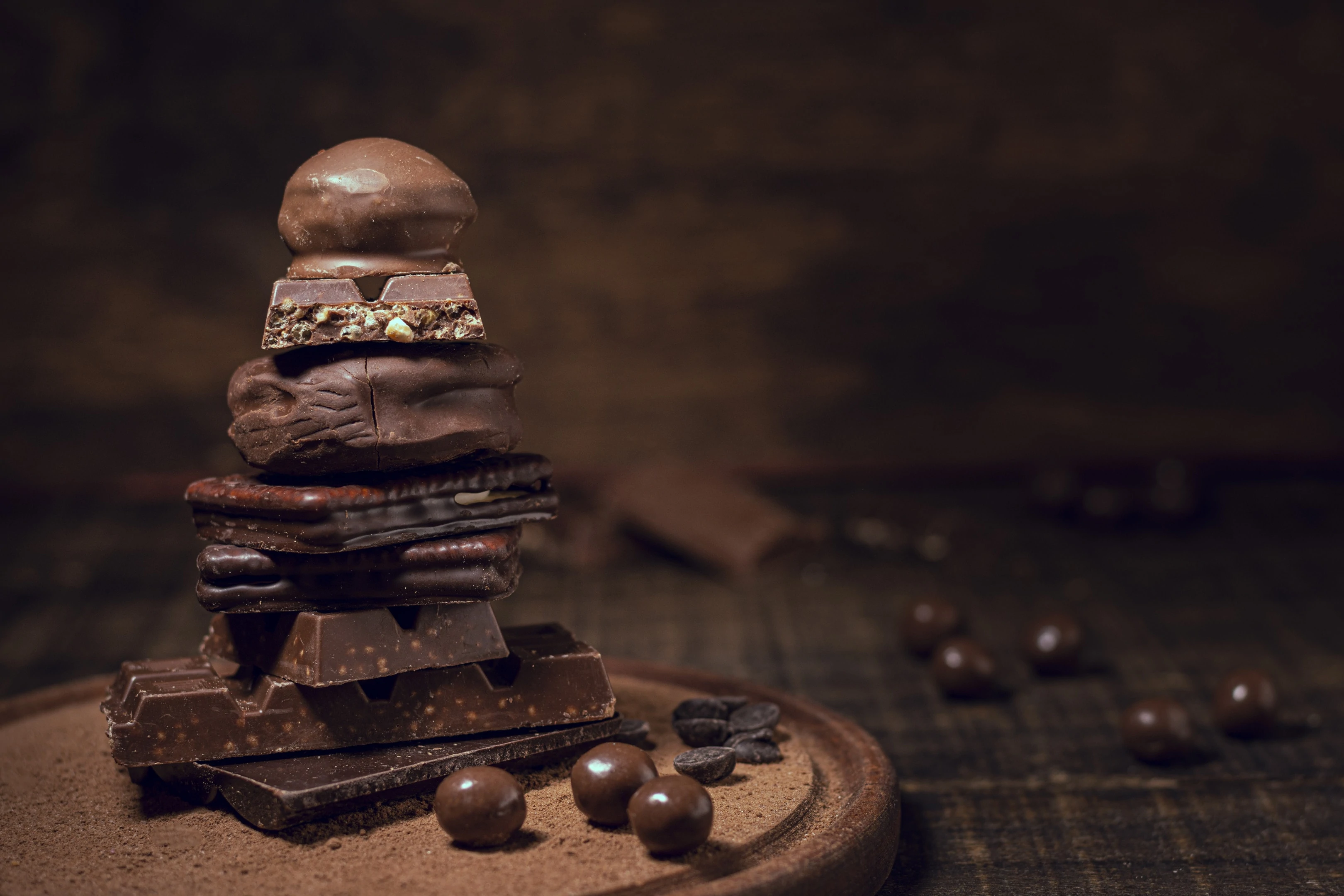
So why worry about caffeine in chocolate?
Caffeine may be an addictive stimulant, yet there isn't sufficient caffeine in chocolate to mark it "addictive.”
On the off chance that you are stressed overtaking an excess of caffeine from chocolate, remember that the biggest portion is in crude cacao powder at 230mg for each 100g. To surpass the suggested day by day amount of caffeine, you would need to have around 200 grams of crude cacao powder in a day.
So, there is no need to be stressed over chocolate caffeine content except if the caffeine in itself is an issue for you. When contrasted with regular sources of caffeine, the amount of caffeine found in chocolate has no significant impact on the vast majority of people.
Summary
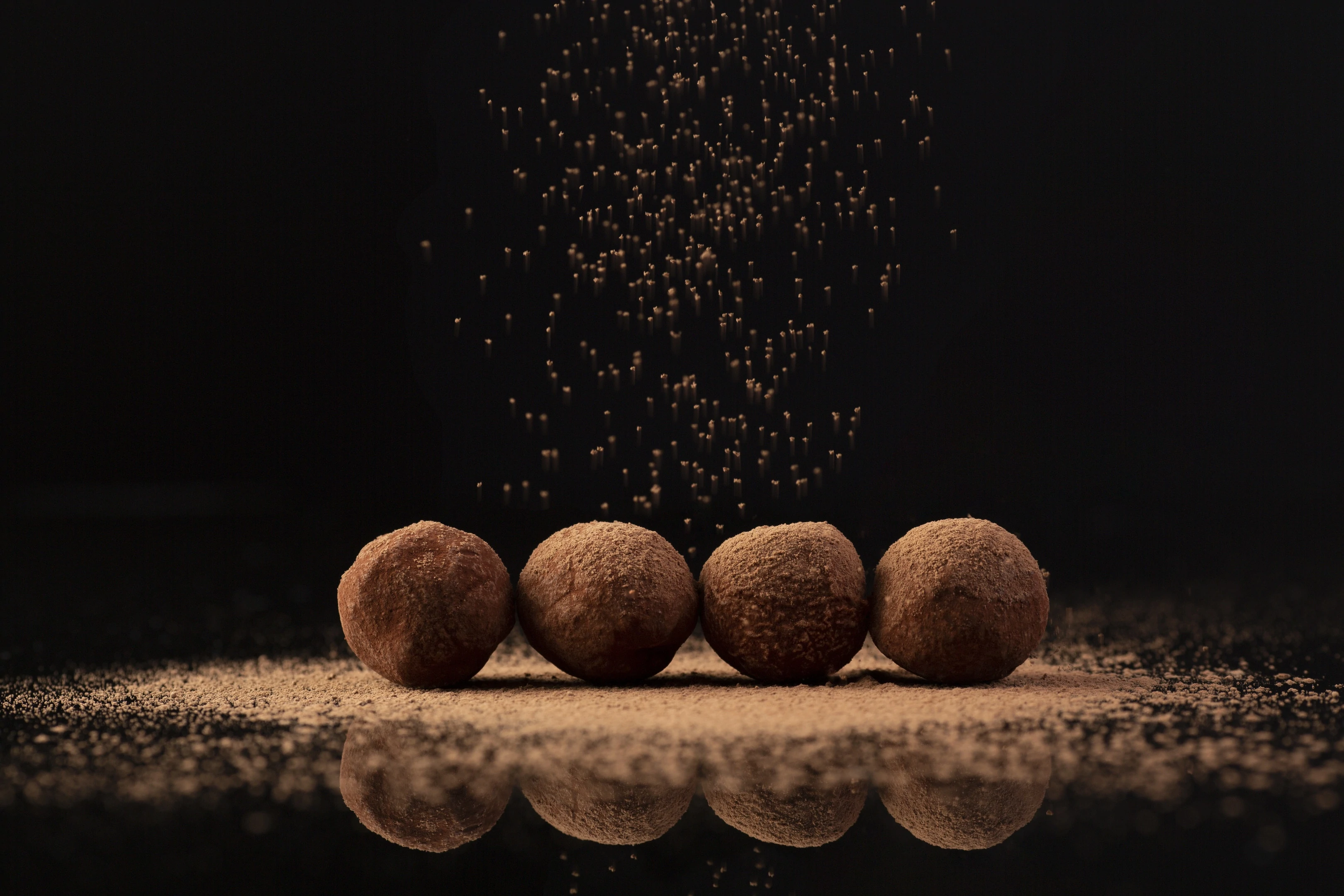
Different amounts of caffeine may be present in different types of chocolates such as dark chocolate (caffeine chocolate), white chocolate, and hot chocolate. The USDA has published the standard amounts of how much caffeine is present in various chocolates and their effects, for those who wish to delve further.

A writer passionate about wellness, nutrition, and intentional living. She creates engaging, research-based content that empowers readers to live healthier lives. Through every article, she brings clarity, inspiration, and a touch of everyday practicality. Read more about Juliana.



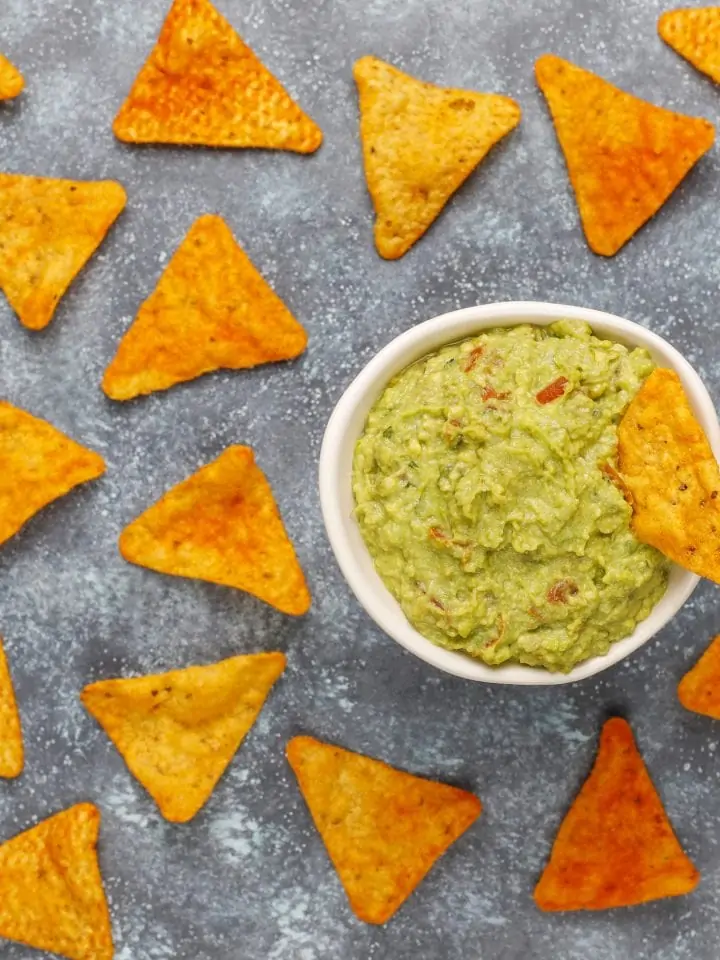
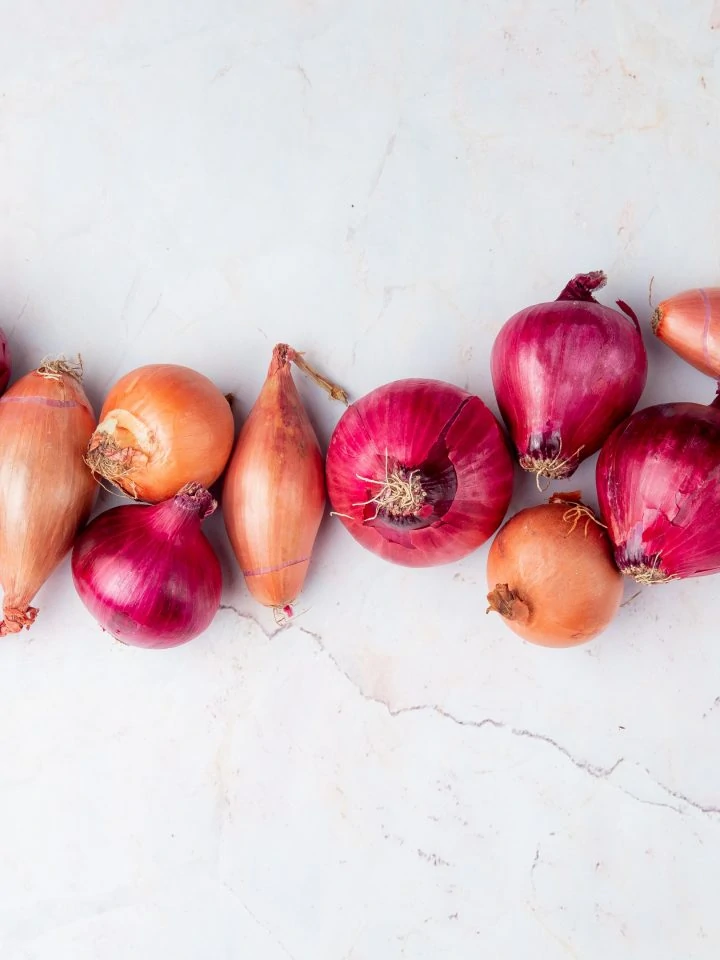
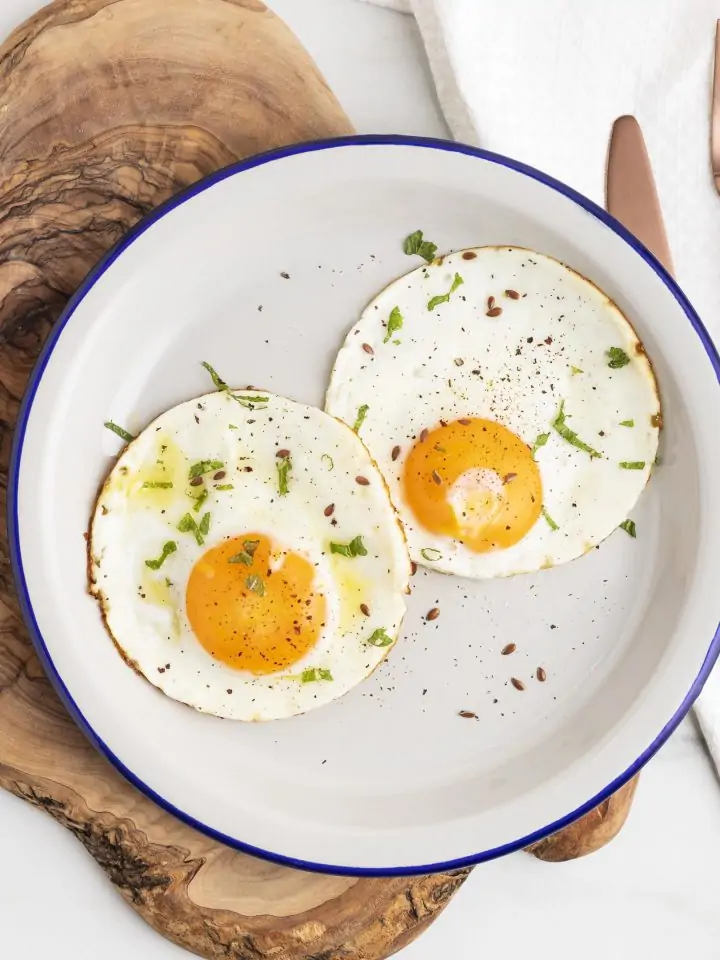
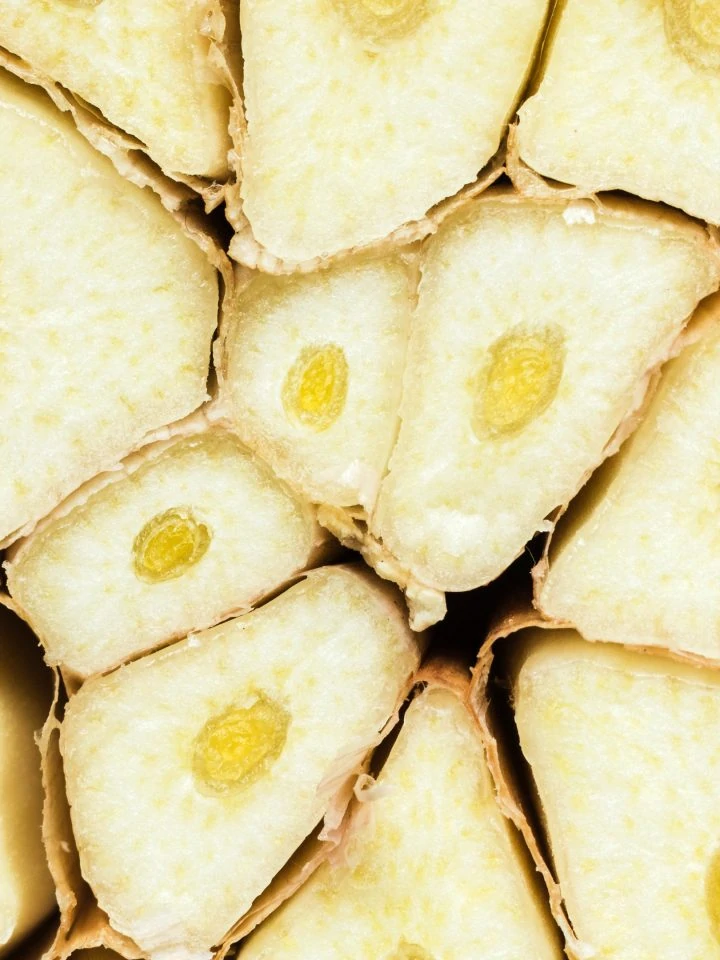
Comments
No Comments